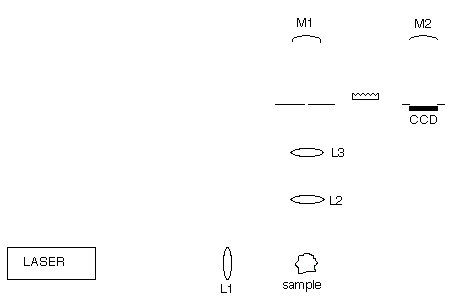
Laser light is scattered from the sample and collected by the optics and sent through the slit to the spectrograph, where the spectrum is dispersed by the grating and detected by the CCD camera. Picture due to Ohio State University.
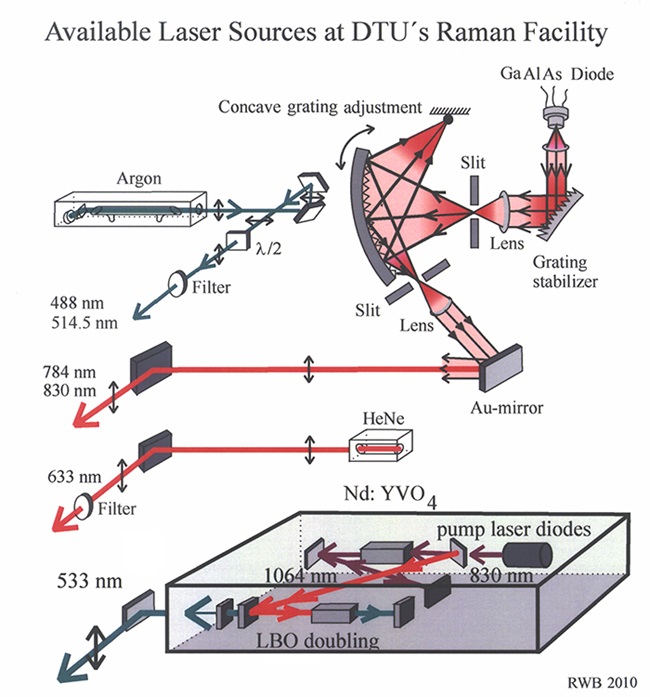
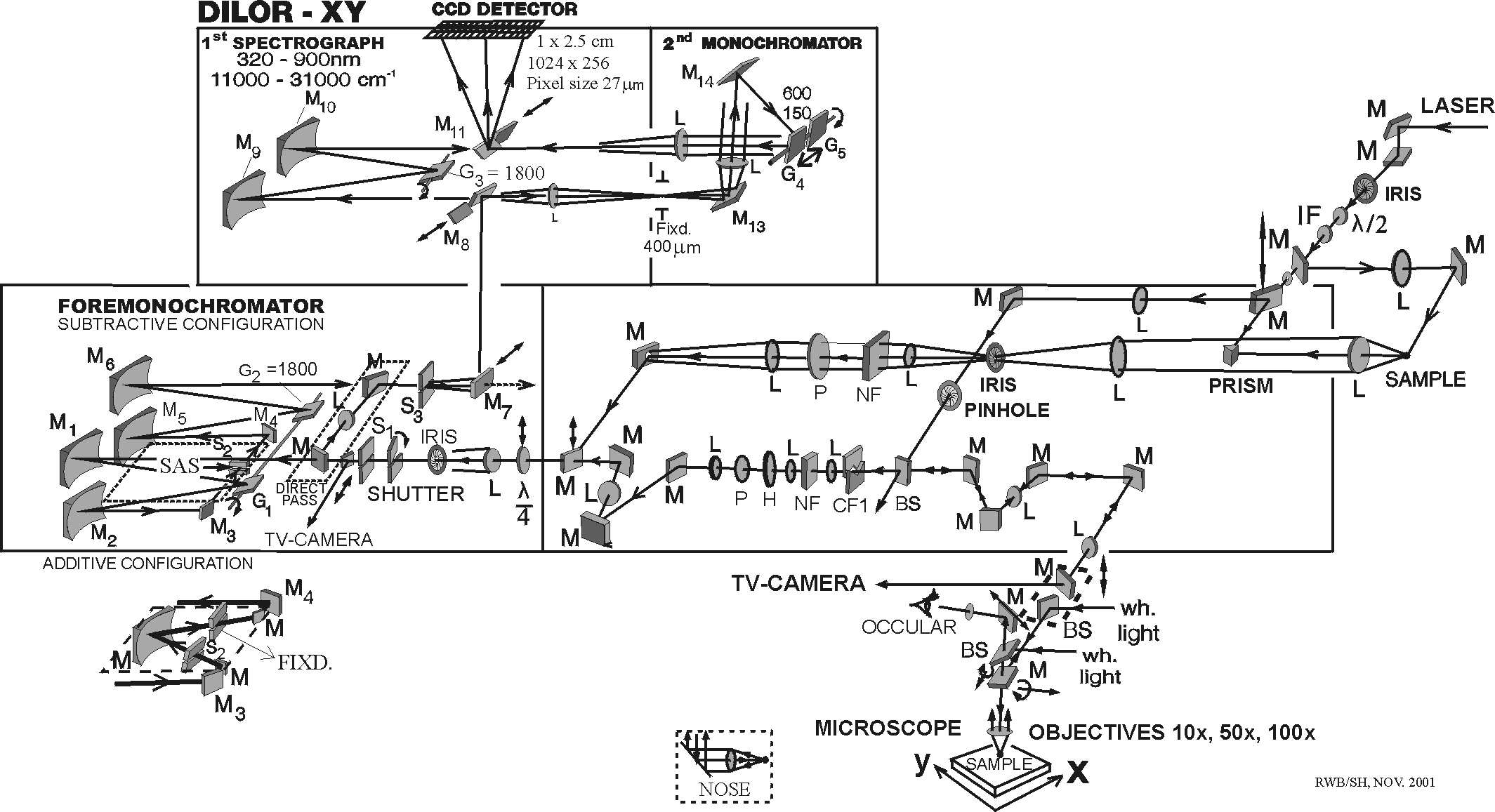
Raman spectroscopy is a universal analytical technique for identification of molecules in gases, liquids and solids by scattering of laser light. The institute has recently obtained a confocal Raman instrument associated with a microscope. With this instrument the Raman spectrum of a sample can be obtained within a volume of 1 x 1 x 2 micrometer within few seconds. A complete Raman map of a sample can be made. To see an example, click here or here.
This instrument is being used for experimental studies in a number of different research fields each of which is open for student participation. The investigations cover analyses of the following fields:
- Analysis of Fuels (oil and natural gas)
- Fuel Cells & Battery Research and Development
- Electrolytical Disposition of Metals and Alloys onto Steel
- Characterization of Ceramics and Concrete
- Development of Lubricants
- Catalysis
- Corrosion
- Optical Element (lamps, phosphors, displays, smart windows etc.
- High Pressure Research
- Rare Earth Element Uses
- Molten Salt Chemistry
- Food Chemistry
- Analytical Chemistry in Chemical Production and Pharmacy
- Forensic Analysis, Characterization of Explosives, etc.
- Evaluation of Relations between Spectra and Molecular Structure
- Phase Diagrams
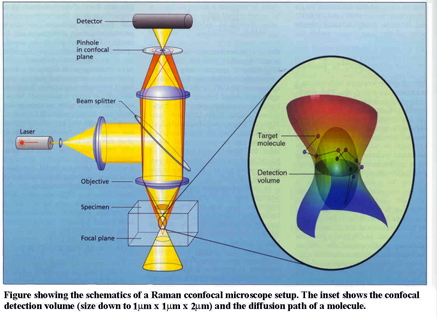
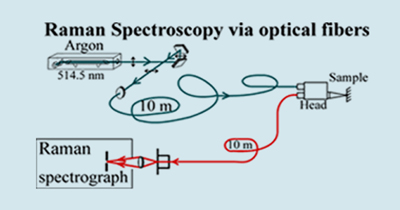
Exemples of student projects: